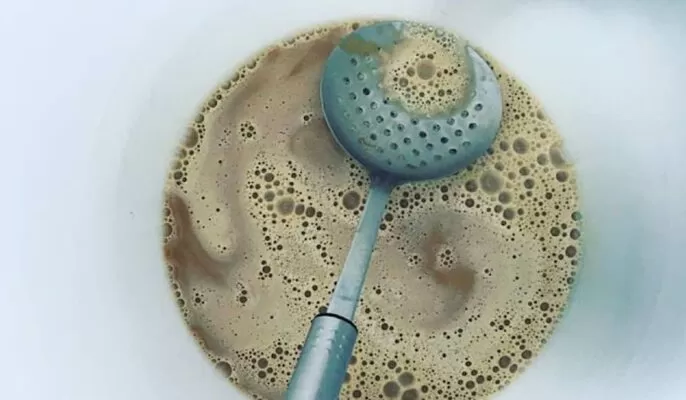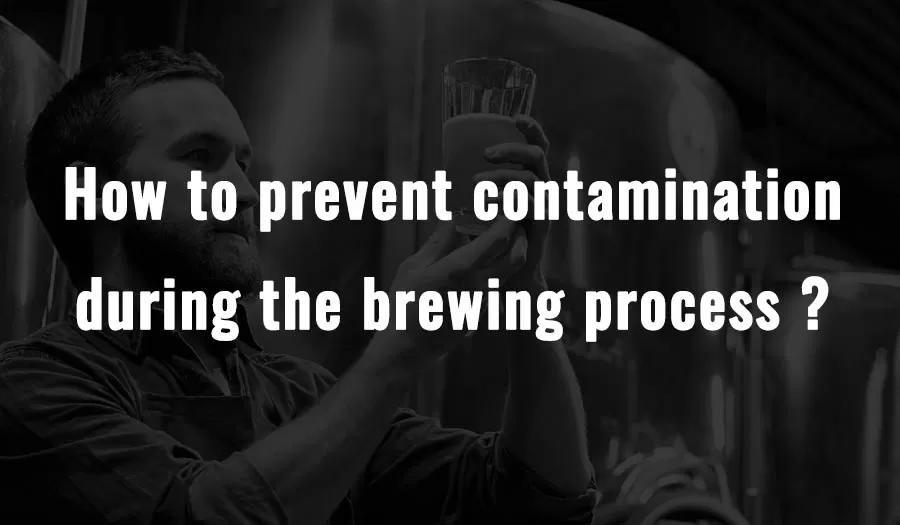Beer brewing is a process that takes time, dedication, and patience as the various ingredients work together to create the perfect beer. Yeast is an essential ingredient in the fermentation process, and as a living organism, problems can arise.
Preventing contamination during beer brewing requires attention to detail at each step, as contact with external elements can ruin an entire batch of beer. Having the right equipment and applying best practices will maintain consistency, quality, and flavor.
Microorganisms associated with the brewing process
The presence of inhibitors such as hop compounds, alcohol, carbon dioxide, and sulfur dioxide, as well as the lack of nutrients and oxygen and low pH all make beer resistant to microbial contamination. Additionally, processes such as filtration, cold storage, and pasteurization reduce contamination. The special circumstances of the brewing process limit the range of microorganisms that may be encountered to a small number of species. While the contaminants found could cause quality defects, the pathogens do not grow in standard finished beer.
Pollution source
Brewery pollution is usually divided into primary pollution (brewing) and secondary pollution (bottling). About 50% of microbial problems can be attributed to secondary contamination, but the consequences of primary contamination can be more comprehensive and catastrophic.
Primary pollution
From yeast, wort, fermentation and storage. Dirty equipment is a significant source of contamination in brewing beer with yeast. Fermenting yeast, dirty recycled bottles and leftover beer are the most significant sources of contamination. Weak points in breweries that are sources of contamination include measuring instruments such as thermometers and pressure gauges, valves, dead ends, gas lines (due to condensation) and worn floor surfaces.

Secondary pollution
Unpasteurized bottling, filling or keg from breweries. All points of direct and indirect contact with cleaned or filled unsealed bottles are so possible sources of contamination.
Common causes of secondary pollution:
- Sealing machine
- Filling machine
- Bottle inspection machine
- bottle washing machine
Strategies to Prevent Contamination in Brewing
- Clean all working equipment
- Sanitize to ensure the brewing area is sanitized
- Improve the resistance of beer to microbial attack by adjusting the pH value, adding antibacterial compounds, reducing water activity, increasing osmotic pressure, etc.
- Do not oxygenate hot grape juice. Keep the must still while lowering the temperature to 26°C.
- Use stainless steel material. Stainless steel items prevent bacteria growth; they are easy to clean and maintain, and have a long service life. Stainless steel containers for storage and fermentation will give better results and keep your produce safe.
- Oxygen restriction. The contact between the product and oxygen must be limited to prevent oxidation of the beer. Yeast converts the sugar in the wort into carbon dioxide, and this must be done in a closed and airtight container.




